A Culinary Journey Through Laos: Traditional Dishes Larb, Khao Niaw, And Tam Mak Hoong
22-08-2024
Nestled in the heart of Southeast Asia, Laos is a country rich in cultural heritage and culinary delights. While often overshadowed by its more well-known neighbors, Thailand and Vietnam, Laos offers a unique gastronomic experience that is both flavorful and fascinating. Among the many traditional dishes, Larb (a spicy minced meat salad), Khao Niaw (sticky rice), and Tam Mak Hoong (spicy green papaya salad) stand out as quintessential examples of Lao cuisine. This blog post will delve into the origins, preparation, and cultural significance of these three beloved dishes.
Origins And Cultural Significance
Larb, also known as Laap or Laab, is often referred to as the national dish of Laos. Its origins can be traced back centuries, with its roots deeply embedded in Lao culture and tradition. The dish is not only a culinary delight but also a symbol of celebration and hospitality. Traditionally, Larb is served during important events and ceremonies such as weddings, festivals, and family gatherings. It is believed to bring good fortune and happiness, making it an integral part of Lao social life.
Ingredients And Preparation
The core ingredients of Larb include minced meat (commonly chicken, beef, pork, or fish), fresh herbs, lime juice, fish sauce, and roasted ground rice. The balance of these ingredients creates a harmonious blend of spicy, sour, salty, and slightly nutty flavors.
To prepare Larb, the minced meat is first cooked and then mixed with the lime juice, fish sauce, and ground roasted rice. Fresh herbs and chili peppers are added last to ensure they retain their freshness and vibrant color. The dish is typically served at room temperature, accompanied by fresh vegetables and sticky rice.

Variations Of Larb
While the basic preparation of Larb remains consistent, there are numerous regional variations. In Northern Laos, for instance, the dish might include additional spices like galangal and kaffir lime leaves. In the South, fish Larb is more common, often made with raw fish and a slightly different blend of herbs and spices. Despite these regional differences, the essence of Larb as a celebration of flavors remains unchanged.
Cultural Significance
Khao Niaw, or sticky rice, is the staple food of Laos. It is so integral to Lao culture that the Lao people often refer to themselves as “Luk Khao Niaw,” meaning “children of sticky rice.” This glutinous rice is more than just a dietary staple; it represents the cultural and social fabric of Lao life. Sticky rice is traditionally eaten by hand, a practice that fosters a sense of community and shared experience.
Preparation
The preparation of Khao Niaw is a meticulous process that involves soaking, steaming, and resting the rice to achieve the perfect texture.
Sticky rice is traditionally served in small woven bamboo baskets called “tip khao,” which help keep the rice warm and sticky. The rice is often accompanied by various dips, grilled meats, and of course, Larb.

Versatility Of Khao Niaw
While sticky rice is primarily eaten as a savory dish, it is also used in Lao desserts. One popular sweet variation is “Khao Niaw Ma Muang,” sticky rice served with ripe mango and coconut milk, a delightful fusion of flavors and textures.
Origins And Cultural Significance
Tam Mak Hoong, known globally as Som Tam, is a spicy green papaya salad that holds a special place in Lao cuisine. Although it shares similarities with the Thai version, the Lao Tam Mak Hoong has distinct characteristics that make it unique. The dish is a staple in Lao households and is often enjoyed as a side dish or a light meal. It is particularly popular in the northeastern region of Laos, where it is a daily staple.
Ingredients And Preparation
Tam Mak Hoong is made with shredded unripe papaya, which provides a crisp and refreshing base. The key to its flavor lies in the combination of sweet, sour, salty, and spicy elements.
The preparation of Tam Mak Hoong involves using a mortar and pestle to pound the ingredients together, a technique that helps blend the flavors while retaining the crunchiness of the vegetables. The shredded papaya is added last and gently mixed to ensure it absorbs the dressing without becoming soggy.

Variations Of Tam Mak Hoong
While the traditional version remains popular, there are several variations of Tam Mak Hoong that incorporate different ingredients. For instance, some versions may include dried shrimp, salted crab, or even sliced fruit like green mango or apple for a unique twist. These variations reflect the adaptability and creativity inherent in Lao cuisine.
The pairing of Larb, Khao Niaw, and Tam Mak Hoong showcases the Lao culinary philosophy of balancing flavors and textures. Sticky rice serves as a neutral backdrop that perfectly complements the bold flavors of Larb and the refreshing taste of Tam Mak Hoong. Eating these dishes together provides a harmonious dining experience that engages all the senses.
For those looking to experience authentic Lao cuisine, there are several ways to immerse oneself in the culinary traditions of Laos:
Lao cuisine is a rich tapestry of flavors, textures, and cultural significance, with dishes like Larb, Khao Niaw, and Tam Mak Hoong at its heart. These traditional foods offer more than just sustenance; they provide a window into the history, traditions, and social fabric of Laos. Whether you are a seasoned food enthusiast or a curious traveler, exploring Lao cuisine is sure to be a rewarding and unforgettable experience. So next time you find yourself in Laos, be sure to indulge in the delightful combination of Larb, Khao Niaw, and Tam Mak Hoong, and discover the unique culinary heritage of this beautiful country.
Larb: The National Dish Of Laos
Origins And Cultural Significance
Larb, also known as Laap or Laab, is often referred to as the national dish of Laos. Its origins can be traced back centuries, with its roots deeply embedded in Lao culture and tradition. The dish is not only a culinary delight but also a symbol of celebration and hospitality. Traditionally, Larb is served during important events and ceremonies such as weddings, festivals, and family gatherings. It is believed to bring good fortune and happiness, making it an integral part of Lao social life.
Ingredients And Preparation
The core ingredients of Larb include minced meat (commonly chicken, beef, pork, or fish), fresh herbs, lime juice, fish sauce, and roasted ground rice. The balance of these ingredients creates a harmonious blend of spicy, sour, salty, and slightly nutty flavors.
- Meat: The meat is finely minced and often cooked, although in some regions of Laos, raw meat is used, particularly for fish Larb.
- Herbs: Fresh herbs such as mint, cilantro, and scallions are crucial for adding a vibrant and aromatic quality to the dish.
- Seasoning: Lime juice and fish sauce are essential for the tangy and umami flavor profile. Chili peppers are added for heat.
- Roasted Rice Powder: Sticky rice is dry-roasted and then ground into a coarse powder. This ingredient gives Larb its distinctive texture and a slightly nutty flavor.
To prepare Larb, the minced meat is first cooked and then mixed with the lime juice, fish sauce, and ground roasted rice. Fresh herbs and chili peppers are added last to ensure they retain their freshness and vibrant color. The dish is typically served at room temperature, accompanied by fresh vegetables and sticky rice.

Variations Of Larb
While the basic preparation of Larb remains consistent, there are numerous regional variations. In Northern Laos, for instance, the dish might include additional spices like galangal and kaffir lime leaves. In the South, fish Larb is more common, often made with raw fish and a slightly different blend of herbs and spices. Despite these regional differences, the essence of Larb as a celebration of flavors remains unchanged.
Khao Niaw: The Heart Of Lao Cuisine
Cultural Significance
Khao Niaw, or sticky rice, is the staple food of Laos. It is so integral to Lao culture that the Lao people often refer to themselves as “Luk Khao Niaw,” meaning “children of sticky rice.” This glutinous rice is more than just a dietary staple; it represents the cultural and social fabric of Lao life. Sticky rice is traditionally eaten by hand, a practice that fosters a sense of community and shared experience.
Preparation
The preparation of Khao Niaw is a meticulous process that involves soaking, steaming, and resting the rice to achieve the perfect texture.
- Soaking: The glutinous rice is soaked in water for several hours, typically overnight, to soften the grains.
- Steaming: The soaked rice is then drained and placed in a bamboo steamer called a “huad.” It is steamed over boiling water for about 15-20 minutes until the grains become translucent and sticky.
- Resting: After steaming, the rice is allowed to rest for a few minutes. This step ensures that the rice grains firm up and become more cohesive.
Sticky rice is traditionally served in small woven bamboo baskets called “tip khao,” which help keep the rice warm and sticky. The rice is often accompanied by various dips, grilled meats, and of course, Larb.

Versatility Of Khao Niaw
While sticky rice is primarily eaten as a savory dish, it is also used in Lao desserts. One popular sweet variation is “Khao Niaw Ma Muang,” sticky rice served with ripe mango and coconut milk, a delightful fusion of flavors and textures.
Tam Mak Hoong: The Iconic Green Papaya Salad
Origins And Cultural Significance
Tam Mak Hoong, known globally as Som Tam, is a spicy green papaya salad that holds a special place in Lao cuisine. Although it shares similarities with the Thai version, the Lao Tam Mak Hoong has distinct characteristics that make it unique. The dish is a staple in Lao households and is often enjoyed as a side dish or a light meal. It is particularly popular in the northeastern region of Laos, where it is a daily staple.
Ingredients And Preparation
Tam Mak Hoong is made with shredded unripe papaya, which provides a crisp and refreshing base. The key to its flavor lies in the combination of sweet, sour, salty, and spicy elements.
- Papaya: Unripe green papaya is shredded into thin strips, creating a crunchy texture.
- Seasoning: The salad is dressed with a mixture of fish sauce, lime juice, and palm sugar, creating a balanced blend of salty, sour, and sweet flavors.
- Aromatics: Garlic and chili peppers are pounded together to release their flavors.
- Add-ins: Cherry tomatoes, green beans, and sometimes carrots are added for extra color and texture. Fermented fish sauce (pa daek) is often used in Laos, adding a distinctive umami flavor.
The preparation of Tam Mak Hoong involves using a mortar and pestle to pound the ingredients together, a technique that helps blend the flavors while retaining the crunchiness of the vegetables. The shredded papaya is added last and gently mixed to ensure it absorbs the dressing without becoming soggy.

Variations Of Tam Mak Hoong
While the traditional version remains popular, there are several variations of Tam Mak Hoong that incorporate different ingredients. For instance, some versions may include dried shrimp, salted crab, or even sliced fruit like green mango or apple for a unique twist. These variations reflect the adaptability and creativity inherent in Lao cuisine.
The Complementary Nature Of Larb, Khao Niaw, And Tam Mak Hoong
The pairing of Larb, Khao Niaw, and Tam Mak Hoong showcases the Lao culinary philosophy of balancing flavors and textures. Sticky rice serves as a neutral backdrop that perfectly complements the bold flavors of Larb and the refreshing taste of Tam Mak Hoong. Eating these dishes together provides a harmonious dining experience that engages all the senses.
Experiencing Lao Cuisine
For those looking to experience authentic Lao cuisine, there are several ways to immerse oneself in the culinary traditions of Laos:
- Cooking Classes: Many places in Laos offer cooking classes where visitors can learn to prepare traditional dishes like Larb, Khao Niaw, and Tam Mak Hoong. These classes frequently involve trips to local markets to gather fresh ingredients.
- Local Restaurants: Dining at local restaurants or street food stalls is a great way to taste the diverse flavors of Lao cuisine.Seek out establishments favored by locals to ensure the most authentic experience.
- Festivals and Celebrations: Participating in local festivals and celebrations provides a unique opportunity to enjoy traditional Lao dishes in their cultural context. Festivals often feature communal meals where dishes like Larb, Khao Niaw, and Tam Mak Hoong are served.
Conclusion
Lao cuisine is a rich tapestry of flavors, textures, and cultural significance, with dishes like Larb, Khao Niaw, and Tam Mak Hoong at its heart. These traditional foods offer more than just sustenance; they provide a window into the history, traditions, and social fabric of Laos. Whether you are a seasoned food enthusiast or a curious traveler, exploring Lao cuisine is sure to be a rewarding and unforgettable experience. So next time you find yourself in Laos, be sure to indulge in the delightful combination of Larb, Khao Niaw, and Tam Mak Hoong, and discover the unique culinary heritage of this beautiful country.

How to Choose the Best Shore Excursion Tour Package: A Practical Guide for Cruise Passengers

How Not to Be Late for Your Cruise: A Complete Guide for Shore Excursion Travelers in Vietnam & Thailand

Top 10 Most Beautiful Islands in Southeast Asia for Beach Lovers
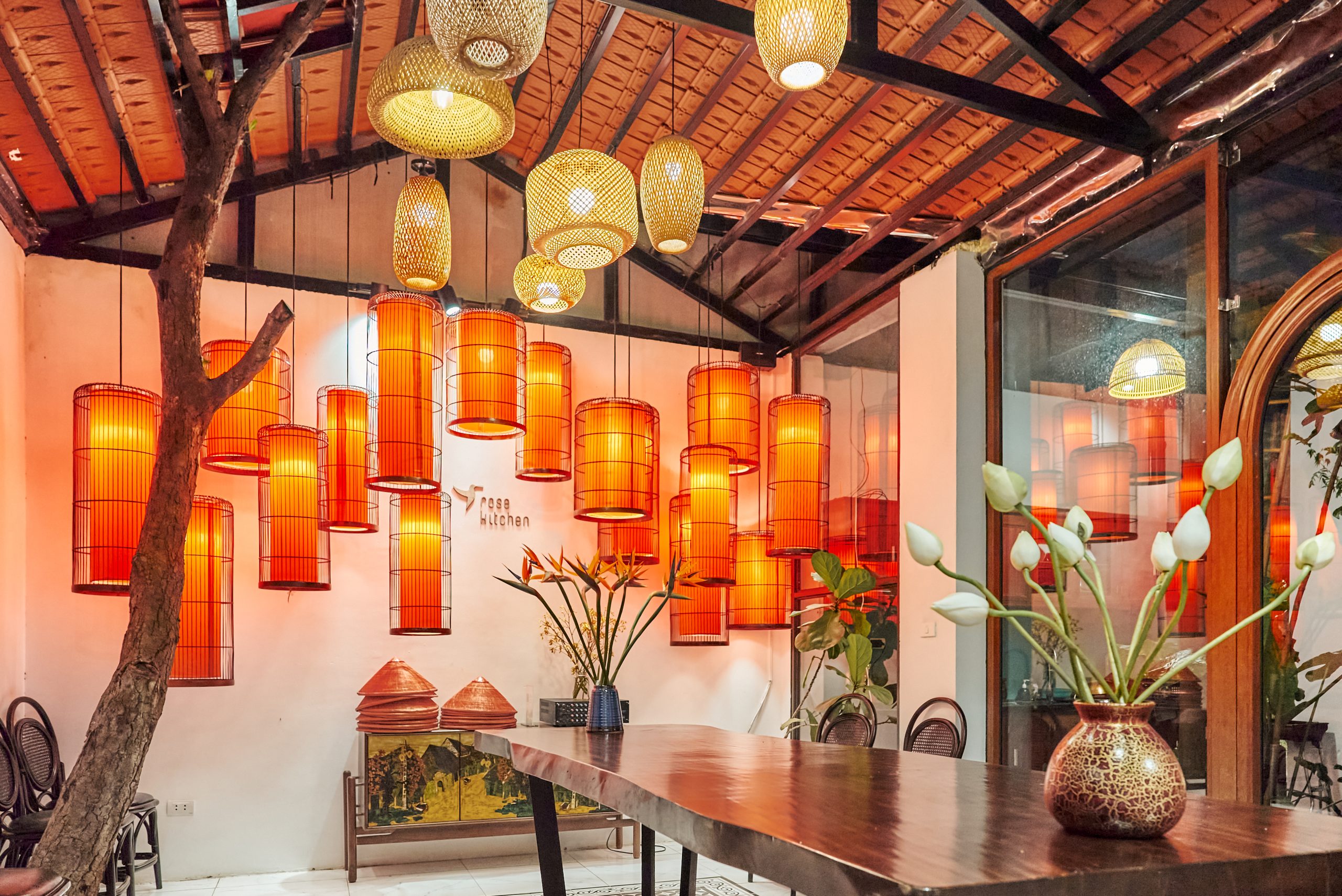
The Rise of Experiential Tourism: Travelers Now Prefer Direct Immersion Over Traditional Sightseeing

Vietnam’s Tourism Surge in 2024: Driving Growth and Innovation in the Post-Recovery Phase

A Culinary Journey Through Thailand: Exploring The Iconic Dishes Of Tom Yum, Pad Thai, And Green Curry
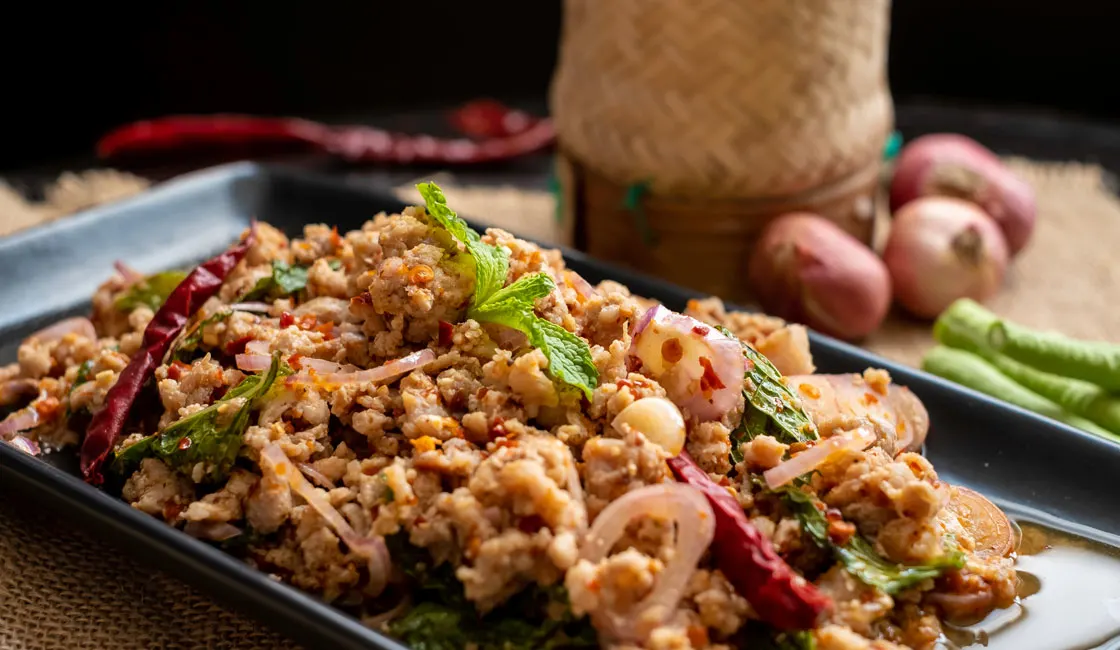
A Culinary Journey Through Laos: Traditional Dishes Larb, Khao Niaw, And Tam Mak Hoong
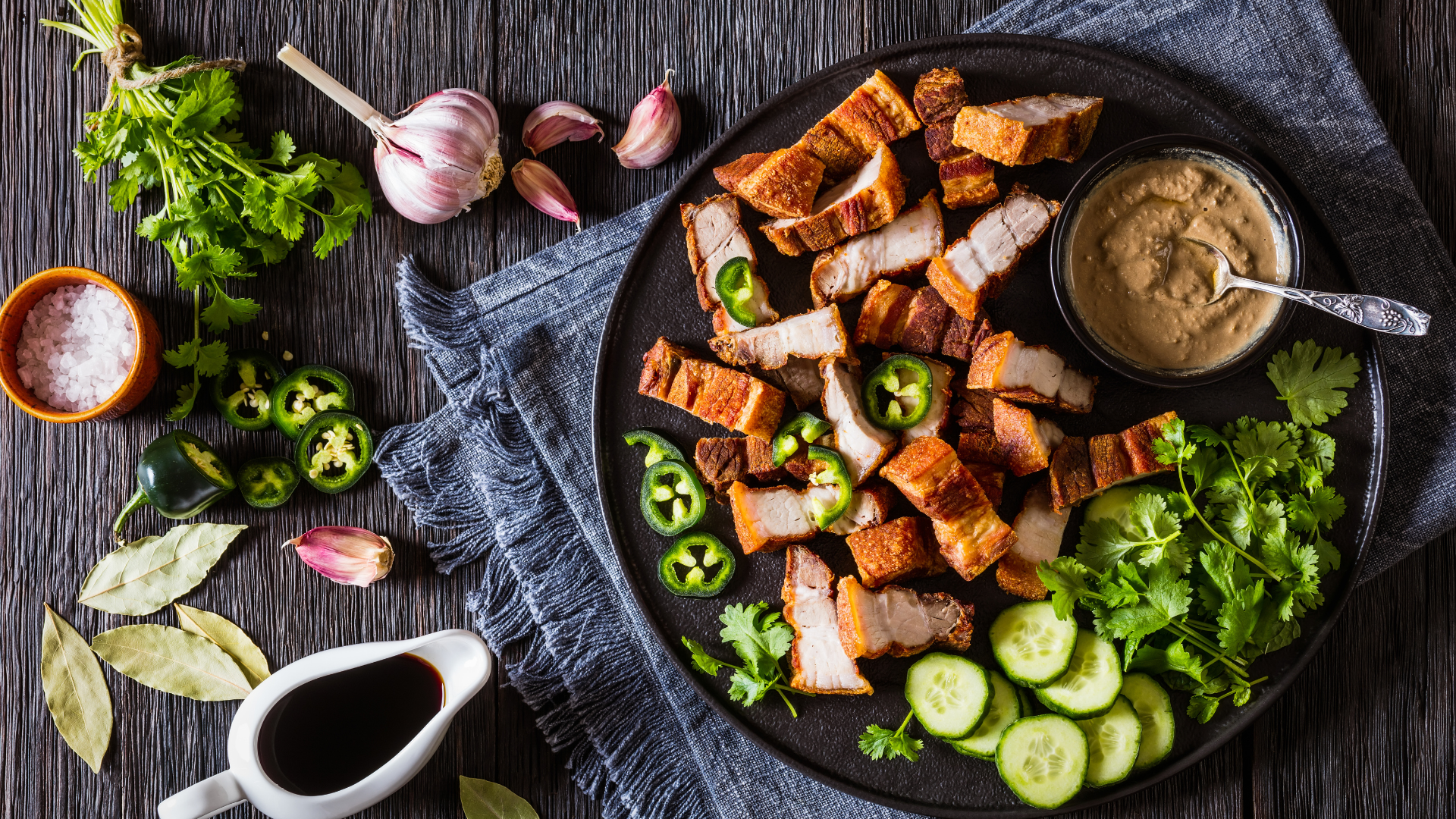
Discovering Cambodia’s Culinary Treasures: Amok, Bai Sach Chrouk, And Samlor Korko
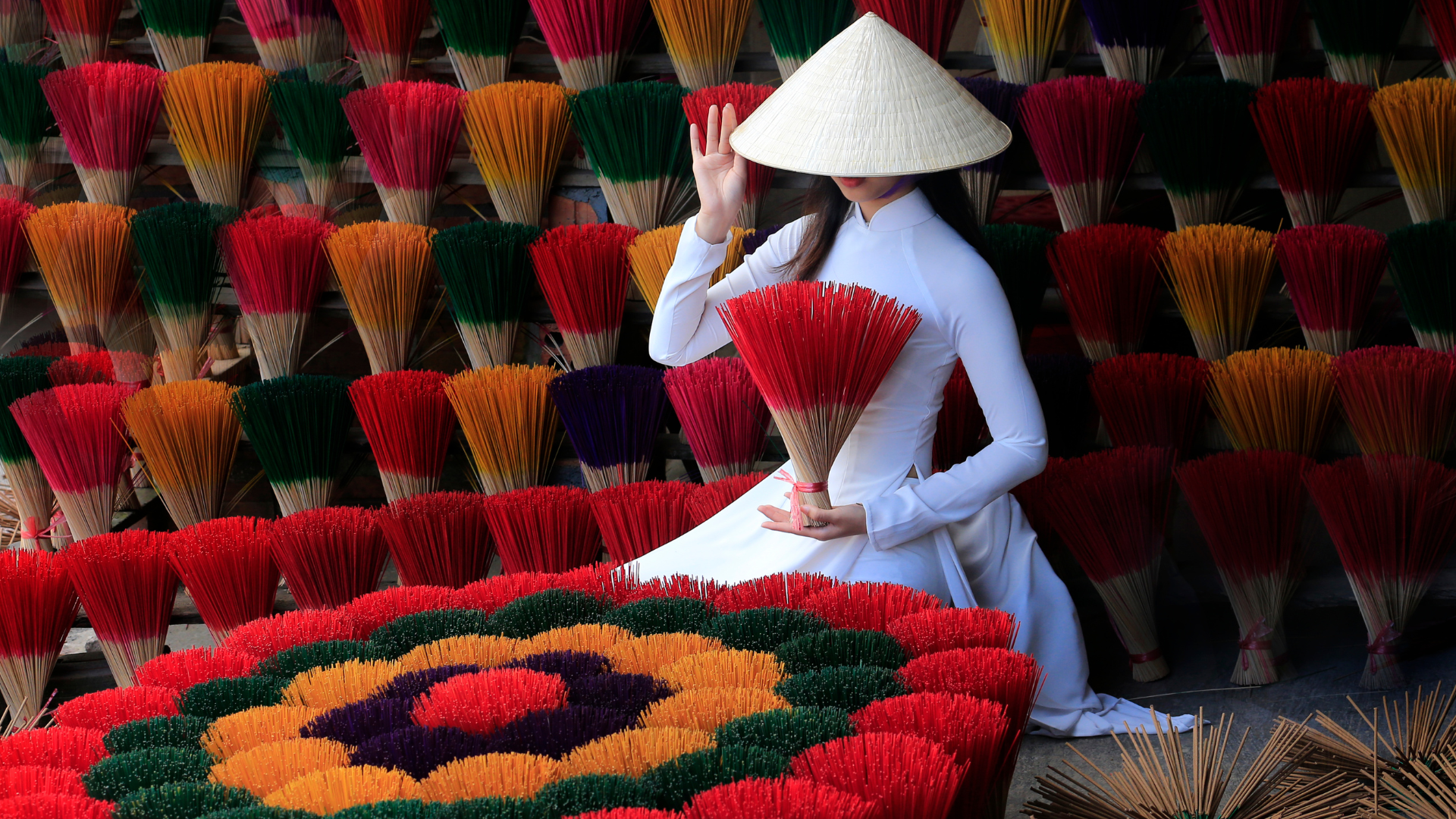
The Timeless Elegance of Áo Dài Việt Nam

Discovering Cambodia’s Culinary Treasures: Amok, Bai Sach Chrouk, And Samlor Korko
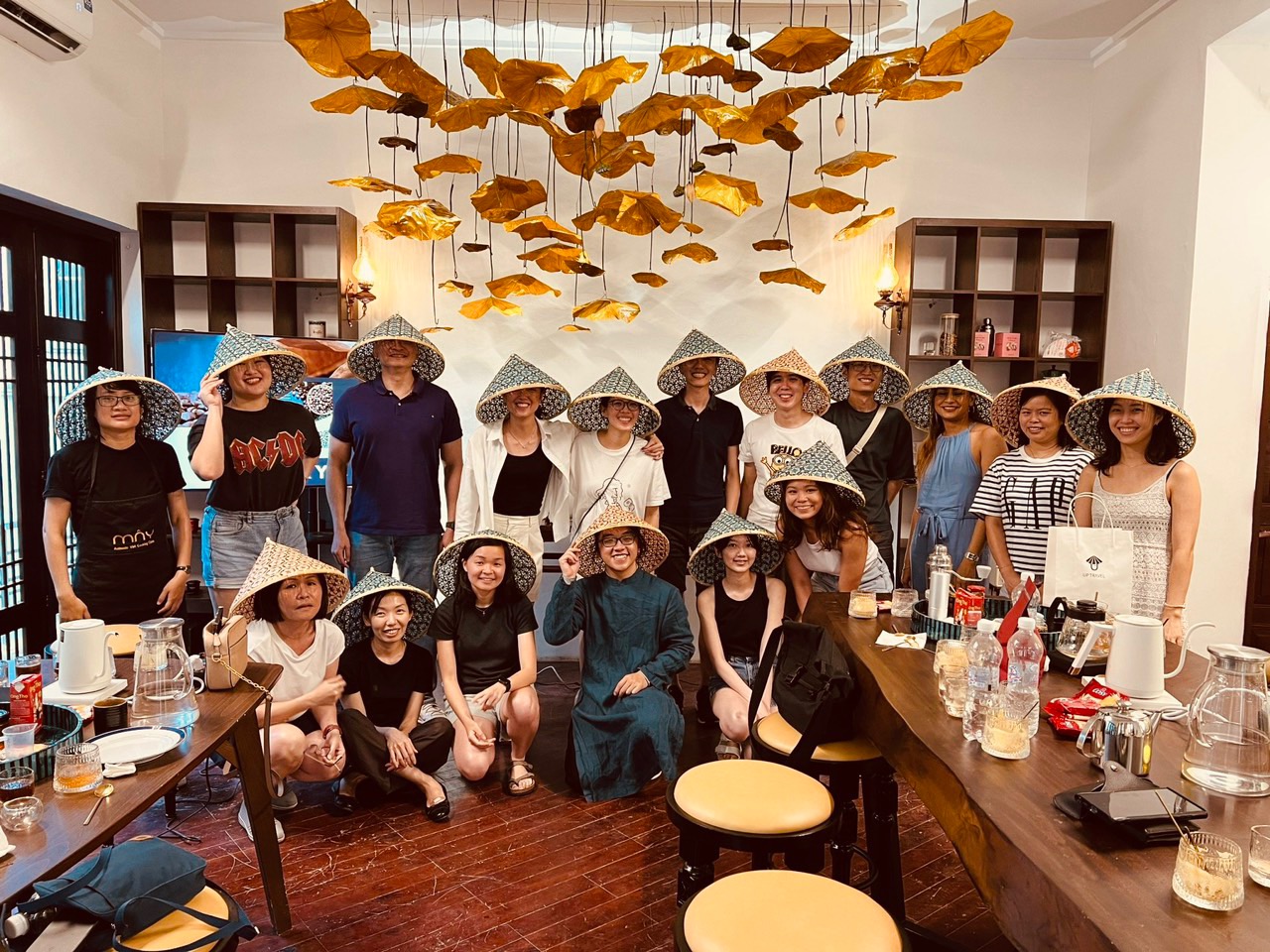
Su Quan Roastery Wins Traveler’s Choice Award 2024: A Journey of Excellence in Coffee Craftsmanship

Festivals in Laos: A Celebration of Culture and Traditions

Experience Laos at Its Finest: A Comprehensive Seasonal Travel Guide

A Guide to Transportation in Cambodia: Navigating the Kingdom of Wonder

Seasonal Guide to Cambodia: When to Go for the Best Experience

Exploring Transportation Options in Thailand: Your Ultimate Guide

Visa And Entry Requirements For Traveling Thailand

Best Time To Visit Viet Nam

A Culinary Journey Through Thailand: Exploring The Iconic Dishes Of Tom Yum, Pad Thai, And Green Curry

Discovering Cambodia’s Culinary Treasures: Amok, Bai Sach Chrouk, And Samlor Korko

A Culinary Journey Through Laos: Traditional Dishes Larb, Khao Niaw, And Tam Mak Hoong

The Timeless Elegance of Áo Dài Việt Nam

Traveling to Thailand: Navigating the Weather and Essential Preparations

Traditional Festivals in Cambodia: A Window into Culture and Spiritual Heritage

Exploring the Weather in Laos: What to Expect and How to Prepare

A Comprehensive Guide to Vietnam’s Weather and Travel Preparation

Exploring the Heart of Laos: A Journey Through Culture, Nature, and Heritage

Unveiling the Hidden Gems of Laos: A Journey Off the Beaten Path

A Guide to Transportation in Cambodia: Navigating the Kingdom of Wonder

Seasonal Guide to Cambodia: When to Go for the Best Experience

Exploring Transportation Options in Thailand: Your Ultimate Guide

Visa And Entry Requirements For Traveling Thailand

Transportation in Vietnam: A Comprehensive Guide

Visa And Entry Requirements For Traveling To Vietnam

Best Time To Visit Viet Nam
Subscribe for Insights
Enjoy updates, inspiration, and travel tips sent right to your inbox














